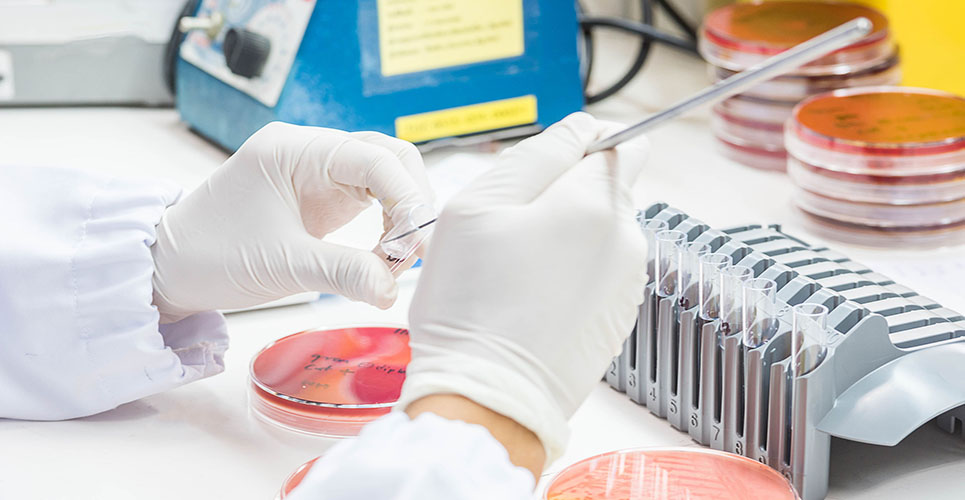The European Society of Clinical Microbiology and Infectious Disease (ESCMID) – an organisation that pursues science, explores risk assessment, knowledge sharing and best practices in the fight against infectious disease – is currently researching the new critical breakpoints for antimicrobial agents in clinical development through its European Committee on Antimicrobial Susceptibility Testing (EUCAST). The group is highly respected amongst the world’s leading experts, but is relatively unknown amongst healthcare communities and the general public.
The European Society of Clinical Microbiology and Infectious Disease (ESCMID) – an organisation that pursues science, explores risk assessment, knowledge sharing and best practices in the fight against infectious disease – is currently researching the new critical breakpoints for antimicrobial agents in clinical development through its European Committee on Antimicrobial Susceptibility Testing (EUCAST). The group is highly respected amongst the world’s leading experts, but is relatively unknown amongst healthcare communities and the general public.
Having a common system to determine the defining and measuring of resistance is the ultimate goal of EUCAST and its members. Throughout Europe, 90% of countries are now following the EUCAST categorisation of bacteria as susceptible and resistant to new and existing antimicrobial agents – rising from around 20–30% in 2008. This is considered a great breakthrough in the effort to unify scientists and laboratories around the world in their assessment of the resistance situation. It has created a snowball effect across the globe with countries as far reaching as Australia, New Zealand and South Africa either already adhering to the EUCAST system or seriously contemplating adopting it in a near future.
Jointly funded by ESCMID and the European Centre for Disease Prevention and Control (ECDC), EUCAST has been entrusted by the European Medicines Agency (EMA) for more than 10 years to determine the breakpoints for new antimicrobial agents – with over three active projects in development currently.
Despite being little understood outside of specialist circles, EUCAST is now playing an integral role in defining antimicrobial resistance both in Europe and globally. The results of which are the essential scientific underpinnings for administering the correct dosage in all existing and future antimicrobial agents. An antimicrobial breakpoint is an agreed concentration to identify at what point the growth of bacterium is inhibited – the minimum inhibitory concentration (MIC) – which essentially defines at what dose each bacteria is considered susceptible or resistant to antimicrobial therapy. Breakpoints of new agents are absolutely vital in standardising a global definition of resistance and the point at which increased dosages are needed.
For the past 15+ years, EUCAST has been working to harmonise definitions and breakpoints throughout Europe and the rest of the world. Any variation in defining resistance hinders the universal fight against antimicrobial resistance. Gunnar Kahlmeter, Past President and Communications Officer for ESCMID and the Past Chairman of EUCAST, commented:
“There are a great and increasing number of people and groups around the world trying to prevent the development of antimicrobial resistance. This work is either aided by the fact that we unite behind one definition of antimicrobial resistance or hampered by our inability to do so.”
The new breakpoints EUCAST are currently working on will enable increased conservation of new antimicrobial agents and ensure scientists are comparing like for like resistance. Gunnar Kahlmeter added:
“Without a harmonised opinion on where to draw the line between which microorganisms can be treated and which can not, we’re unable to efficiently measure the development of resistance and unable to measure the rate at which resistance develops. Furthermore, patients moving between countries will experience differences in opinions as to whether or not their infection can be treated or not. In creating unified values, breakpoints and definitions, it will defer people from inappropriate antibiotic use and encourage the right use of antibiotics along with the right dose when necessary. This is one of the most important tools in defending ourselves against antimicrobial resistance.”

